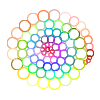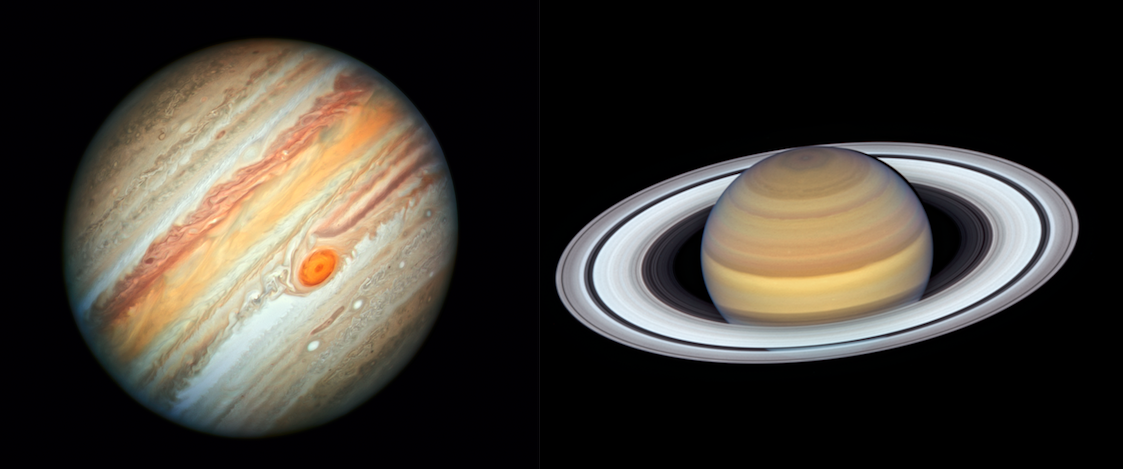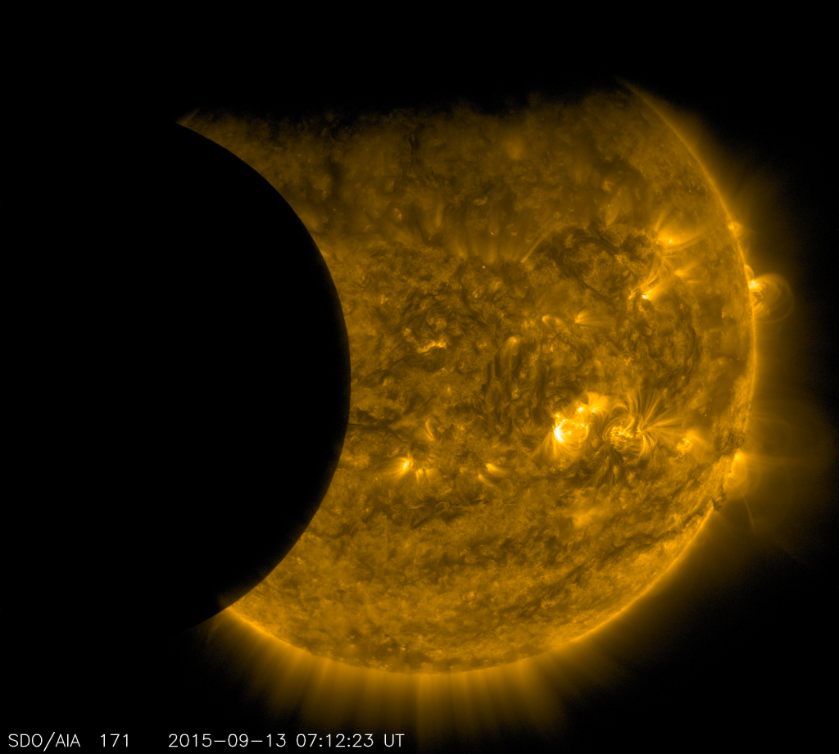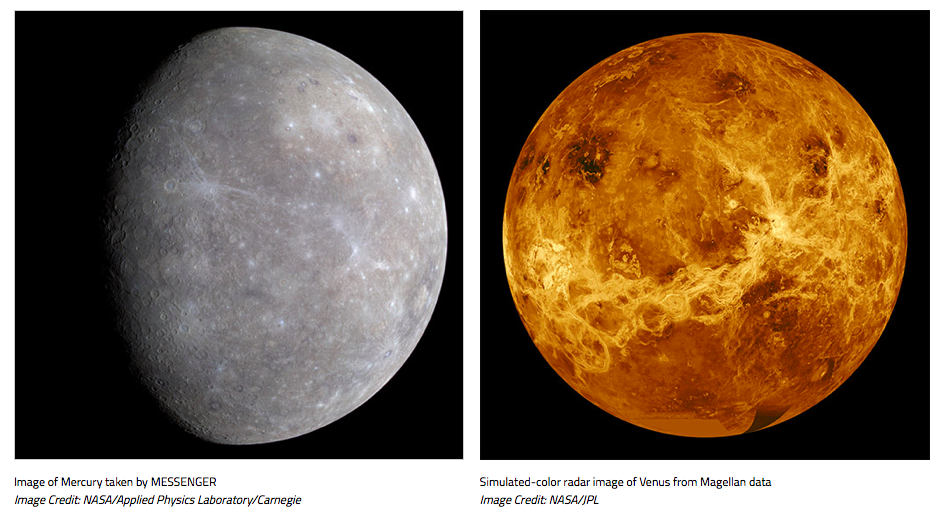This is a continuation in a series exploring correlations between the physical properties of celestial bodies and their astrological significations. This post focuses on the two gas giants, Jupiter and Saturn. In astrology, Jupiter and Saturn are a polarity. They are opposites. Jupiter expands, Saturn contracts. Jupiter is hot, Saturn is cold. Some would even say Jupiter is good, Saturn is bad (but not me).
While exploring the physicality to get a different perspective of significations, it was surprising to find that Jupiter and Saturn are actually very similar. So, this became an interesting exercise.
Gas Giants
Jupiter and Saturn are both classified as gas giants. Both have a strong magnetic field that has pulled in many moons and other satellites. I was surprised to find that both have rings. In fact, all four giant planets in our solar system have ring systems. As gas giants, neither Jupiter nor Saturn have a surface. Scientists aren’t even sure if they have an inner core or not. If they do, it is small relative to the rest of the planet. This physicality fits in with Jupiter’s significations of expansive growth, but it felt like a real challenge to fit this reality with the ideas of the solidity of Saturn.
Physically, Saturn is the least dense planet in our solar system. Saturn is the only planet in the solar system with an average density that is less than water. Thinking about this, I’m drawn to contemplating the ways that our ideas about fate seem to have changed. In much of history, there was so little social mobility that life probably did seem much more set in stone. We’re still born into certain circumstances and we still have our duties and work to do, but I think there is more fluidity now. More options and opportunities for growth. Many feel like they have the power and opportunity to change their own trajectory. Maybe that helps the hard work and discipline of Saturn feel lighter.
Short days and Storms
Another surprising fact about Jupiter and Saturn is that they rotate very fast and have the shortest days in the solar system. A day on Jupiter is 10 hours and a day on Saturn in 10.7 hours. This rapid rotation creates strong jet streams and storms. These jet streams separate the beautiful but cold and windy clouds we see on Jupiter’s surface. Jupiter’s prominent red spot is a huge storm that has lasted for centuries. Saturn’s hexagon is a massive storm surrounded by a six sided jet stream. Each of Saturn’s rings orbits at a different speed than the others.
From our vantage point on Earth, these planets seem slow and stable. Jupiter takes 12 years to orbit the Sun. Saturn takes 29 years to orbit. These long cycles keep them in the same sign for a long period of time and make their transits to our natal planets more significant. But on the planet itself, the atmosphere is tumultuous and the days fly by every 10 hours. For Jupiter, maybe this says something about seizing our opportunities as they come by so fast, but also maintaining a clear vision instead of letting ourselves be blown around by the winds. For Saturn, maybe there is something about the storms wearing down the stones and the sharp edges like Saturn’s discipline is said to do.
And while the short days seem to go against the idea of long stretches of time, it also means that there are more days in a year, so maybe it would feel even longer. There would be more days of repetitive practice and work before you complete the cycle. But each day would be so much faster. Like so much of this, I guess it all depends on your perspective.
References:
NASA Jupiter Overview
NASA Jupiter In Depth
NASA Saturn Overview
NASA Saturn In Depth




